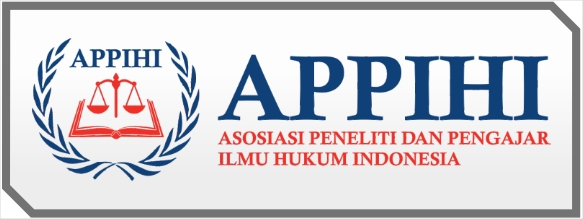Dampak Bulying Pada Psikologi Anak Usia Dini Dan Progam Pencegahan Pemerintah
DOI:
https://doi.org/10.55606/sscj-amik.v2i4.3493Keywords:
impact of bullying, early childhood psychology, government prevention programAbstract
Bullying is any form of oppression or violence, which is carried out intentionally by a stronger person or group. The purpose of bullying is to hurt other people and is done continuously. This research aims to explore the impact of bullying on individual mental health, especially in children and adolescents. A qualitative approach is used to understand the experiences and perceptions of bullying victims, as well as the psychological and social impacts they have. Through in-depth interviews with bullying victims, parents, teachers and school staff, as well as participatory observation in the school environment, data was collected and analyzed using thematic analysis techniques. Findings show that victims of bullying often experience depression, anxiety, sleep disorders, and feelings of insecurity and protection in the school environment
References
Baron, Robert A; Byrne. R. (2008). Social Psychology (12th ed). Boston: Pearson Education.
Duffy, A. (2004). Bullying in School: A Social Identity Perspective. Disertasi: Fakultas Psikologi Terapan Universitas Griffith.
Kowaski, R.M., Limber, S.P., & Agatston, P.W. (2008). Cyber Bullying: Bullying in the Digital Age. USA: Blackwell.
Olweus, D. (1993). Bullying at School: What We Know and What We Can Do.
New York: Blackwell.
Papalia, D. B., Olds, S. W., & Feldman, R. D. (2009). Human Development (11th ed.). New York: McGraw Hill.
Smokowski, P. R. & Kopasz, K. H. (2005). Bullying in school: An overview of types, effects, family characteristivs, and intervention strategies. Journal of Children & School, 27, 101-112.
Sugiyono.(2017). Penelitian Kualitatif
Sulisrudatin, N. (2018). Kasus Bullying Dalam Kalangan Pelajar (Suatu Tinjauan Kriminologi).
Sullivan, K., Cleary, M., & Sullivan, G. (2005). Bullying in Secondary Schools. London: Paul Chapman Publishing.
Suttrisno, M. P. (2023). BAB 2 Pendekatan dan Interaksi Dengan Anak Usia Dini. Pendidikan Anak Usia Dini, 13.
Suttrisno, S., & Prastiwi, D. N. I. (2023). Peningkatan Hasil Belajar Ppkn Melalui Model Pembelajaran Kooperatif Tipe Student Team Achievement Division Plus Di Madrasah Ibtidaiyah. SITTAH: Journal of Primary Education, 4(1), 1-12.
Suttrisno, S., Riyanto, Y., & Subroto, W. T. (2020). Pengaruh Model Value Clarification Technique (Vct) Berbasis Kearifan Lokal Terhadap Motivasi Belajar Dan Hasil Belajar Siswa. Naturalistic: Jurnal Kajian dan Penelitian Pendidikan dan Pembelajaran, 5(1), 718-729.
Tobing, J. A. D. E., & Lestari, T. (2021). Pengaruh mental anak terhadap terjadinya peristiwa bullying. Jurnal Pendidikan Tambusai, 5(1), 1882-1889.
Tugas, K. T. I. M., & Hermawan, S. A. Perilaku Bullying Dan Dampak Pada Korban dalam melakukan bullying. Prosiding Penelitian Dan Pengabdian Kepada Masyarakat, 4(2).
Wahani, E. T., Isroini, S. P., & Setyawan, A. (2022). Pengaruh Bullying Terhadap Kesehatan Mental Remaja. EduCurio: Education Curiosity, 1(1), 198-203.
Zakiyah, E. Z., Humaedi, S., & Santoso, M. B. (2017). Faktor yang mempengaruhi remaja
Downloads
Published
How to Cite
Issue
Section
License
Copyright (c) 2024 Student Scientific Creativity Journal

This work is licensed under a Creative Commons Attribution-ShareAlike 4.0 International License.






















